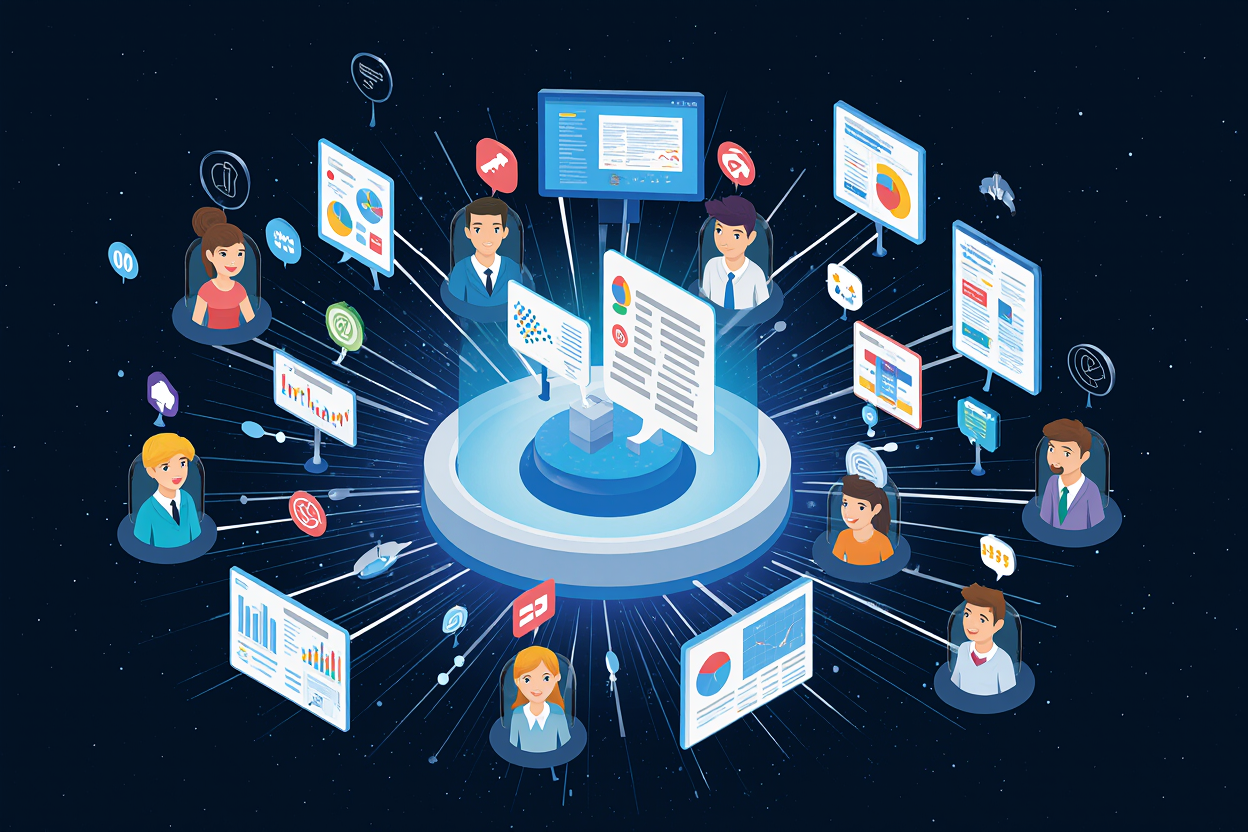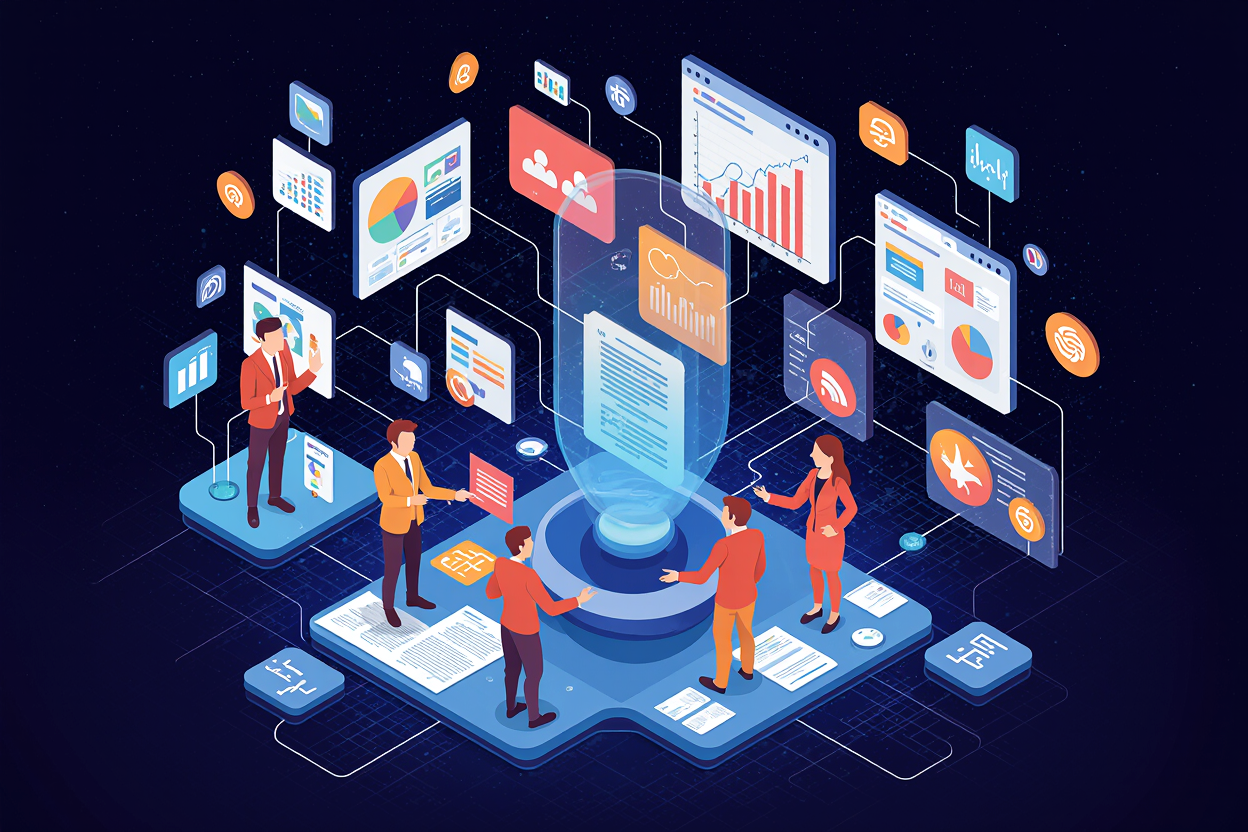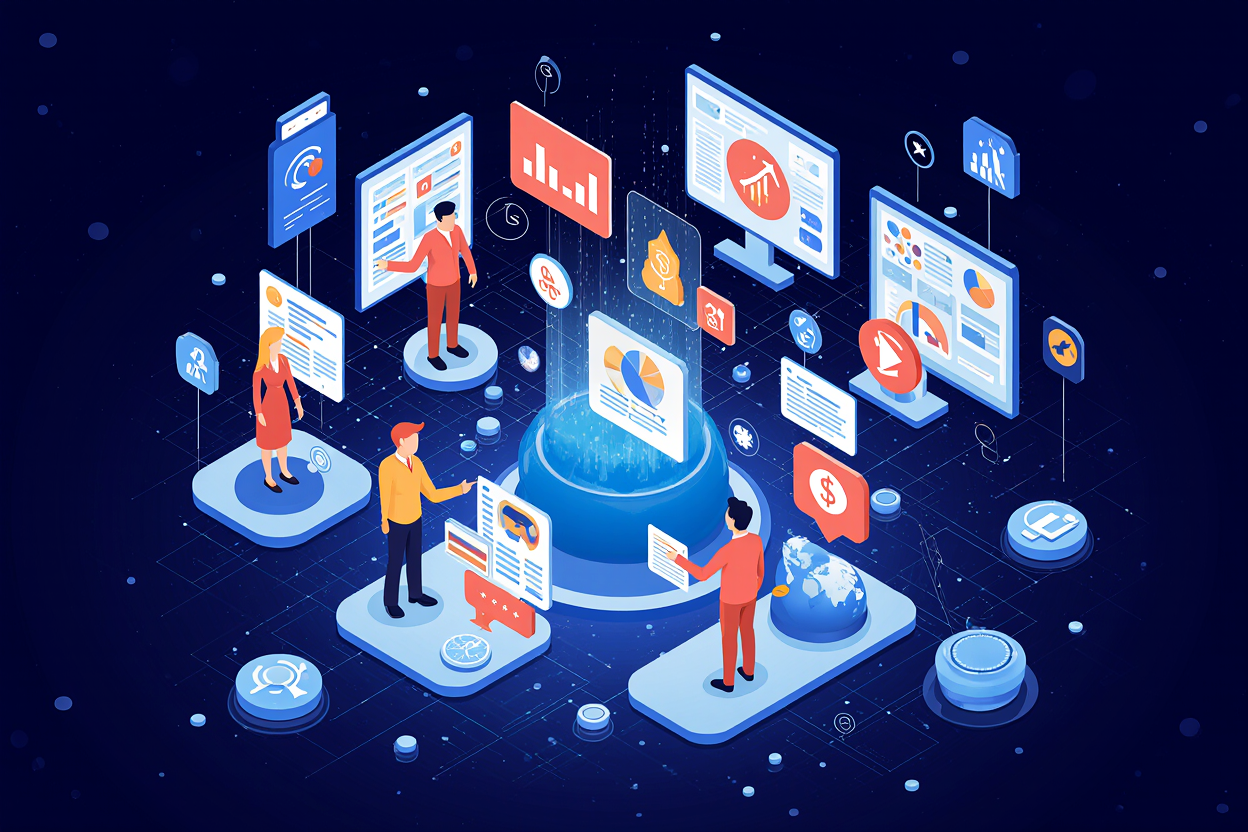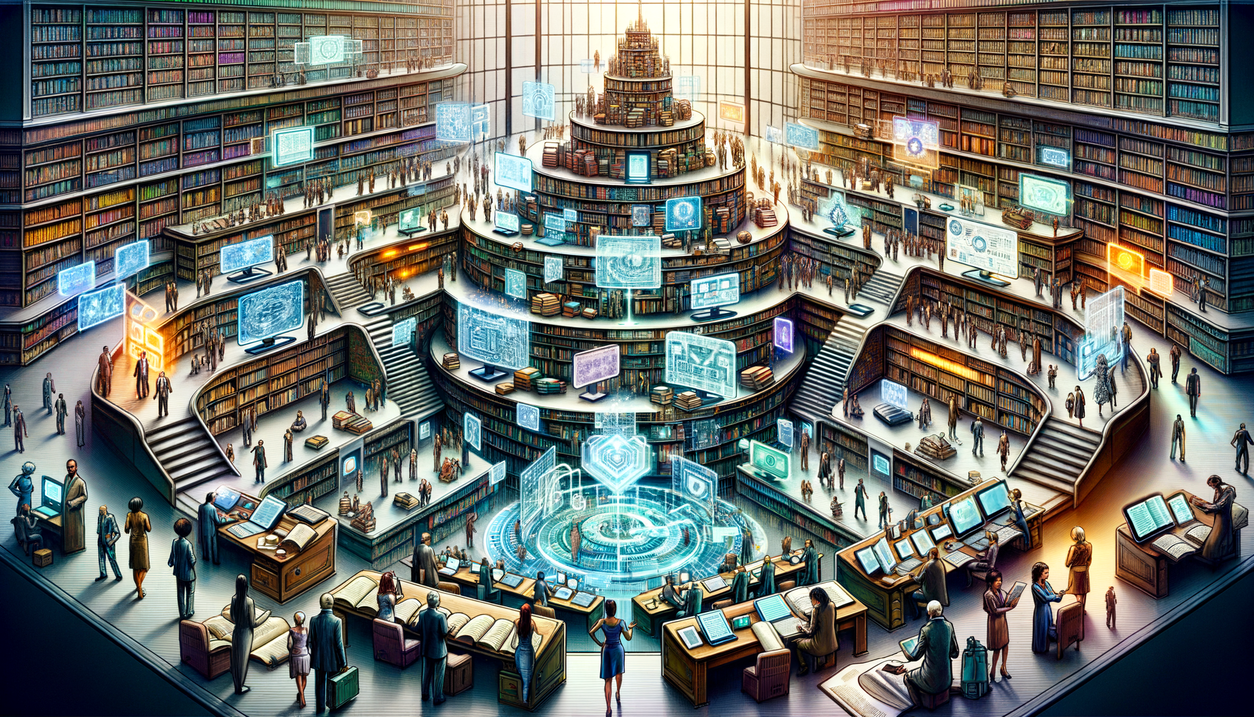Most people think about AI in trading the wrong way. They imagine a single, all-knowing algorithm making perfect decisions. But that's not how good decisions get made—not by humans, not by markets, and not by AI.
The best trading decisions emerge from conflict. From different perspectives clashing, challenging assumptions, and gradually building consensus. The question isn't whether AI can replace human traders. It's whether AI can replicate what makes human trading teams successful: productive disagreement.
The Problem with Solo AI
Traditional trading platforms use AI like a calculator. Feed it data, get an answer. But markets aren't math problems. They're complex systems where fundamentals, sentiment, news, and technical patterns all matter—often in contradictory ways.
A single AI agent, no matter how sophisticated, can't hold all these perspectives simultaneously. It's like asking one person to be both optimistic and pessimistic about the same stock. The result is usually bland, averaged-out recommendations that miss the nuance.
The Diversity Advantage
Think about the best trading firms. They don't hire identical analysts. They hire fundamentalists who live in spreadsheets, technicians who see patterns in charts, sentiment experts who understand crowd psychology, and risk managers who think about what could go wrong.
Each brings a different lens to the same problem. The magic happens when these perspectives collide.
We asked: what if we could recreate this dynamic with AI? Not one superintelligent system, but a team of specialized agents, each obsessed with their domain, each arguing their case with conviction.

When AI Agents Argue
Here's where it gets interesting. When multiple AI agents analyze the same opportunity, they don't just provide different data points—they actively challenge each other's conclusions.
Picture this: earnings season approaches for a major tech stock. The fundamental analyst sees strong revenue growth. The sentiment tracker notices unusual options activity. The news processor flags regulatory concerns. The technical analyst spots resistance levels.
Now comes the debate. The optimist builds a bull case based on growth trends. The skeptic counters with valuation concerns. The chart reader warns about technical barriers. They argue, challenge assumptions, and gradually build consensus—or reveal why consensus is impossible.
This isn't just transparency. It's better decision-making. When agents disagree strongly, it usually means the market is uncertain too. When they reach consensus despite their different approaches, that's when you pay attention.
The Psychology of Artificial Teams
What we discovered building this system surprised us. The agents developed something resembling team dynamics.
The fundamental analyst learned to defer to the technical expert on chart patterns. The sentiment tracker became more confident when the news processor confirmed social media trends with actual events. The risk manager earned respect by preventing losses during volatile periods.
These aren't programmed behaviors. They emerged from the agents' interactions, from success and failure, from learning which perspectives to trust in which situations. It's artificial psychology—AI agents developing working relationships based on competence and results.
Beyond Automation: Augmentation
This isn't about replacing human traders. It's about recreating what makes human trading teams successful, then scaling it beyond human limitations.
The best human teams combine diverse expertise with productive conflict. But humans get tired, emotional, and can only process so much information. AI agents don't have these limitations, but they also don't have human intuition and strategic thinking.
The solution isn't choosing between human and artificial intelligence. It's combining them. Let AI handle the information processing, pattern recognition, and systematic analysis. Let humans focus on strategy, risk management, and the kind of creative thinking that comes from experience and intuition.

What We Learned
Building this taught us something important about AI: the future isn't about making individual agents smarter. It's about making them work together better.
Each of our agents is relatively simple. But their interactions create something more sophisticated than any single model could achieve. They challenge each other's biases, fill in each other's blind spots, and collectively arrive at insights none could reach alone.
This mirrors how the best human teams work. The most successful trading firms don't hire identical analysts. They hire people with different backgrounds, different ways of thinking, who can argue productively and reach better decisions together.
The Broader Implications
This approach extends far beyond trading. Any complex decision that benefits from multiple perspectives could use this model.
Medical diagnosis with specialists arguing different possibilities. Investment committees with diverse viewpoints. Strategic planning with optimists and pessimists. Legal analysis with different interpretations of precedent.
The pattern is the same: specialized expertise, productive disagreement, and emergent consensus. What we're building for trading is really a framework for collaborative decision-making that could transform how we approach any complex problem.

The agents are learning not just to be right, but to be productively wrong. They're developing the trader's most important skill: failing fast, cutting losses, and moving to the next opportunity without emotional baggage.
Why This Matters
Financial markets are becoming more complex, not less. More data, more participants, more interconnections. Human traders can't process it all anymore.
But neither can single AI systems. The solution isn't bigger models—it's better collaboration between specialized models. It's recreating the dynamics of a great trading team in software.
We think this is how all complex decisions will be made in the future. Not by asking one AI for the answer, but by watching multiple AIs debate until the best answer emerges.
The future of trading isn't artificial intelligence. It's artificial collaboration.
This is the philosophical foundation behind our approach to AI trading. For a detailed technical deep-dive into how we've implemented these concepts in our platform—including specific agent roles, features, and real-world performance—read our companion piece: "Inside Weinvest's Revolutionary Multi-Agent AI Platform."
Ready to see artificial collaboration in action? Our platform is live and the agents are debating markets right now.
